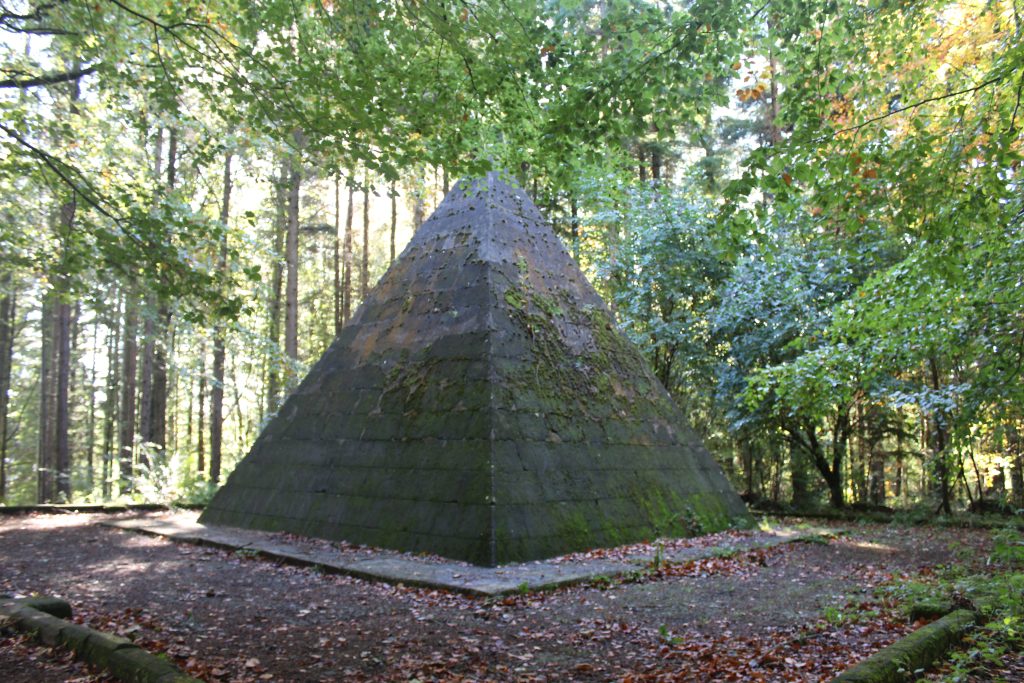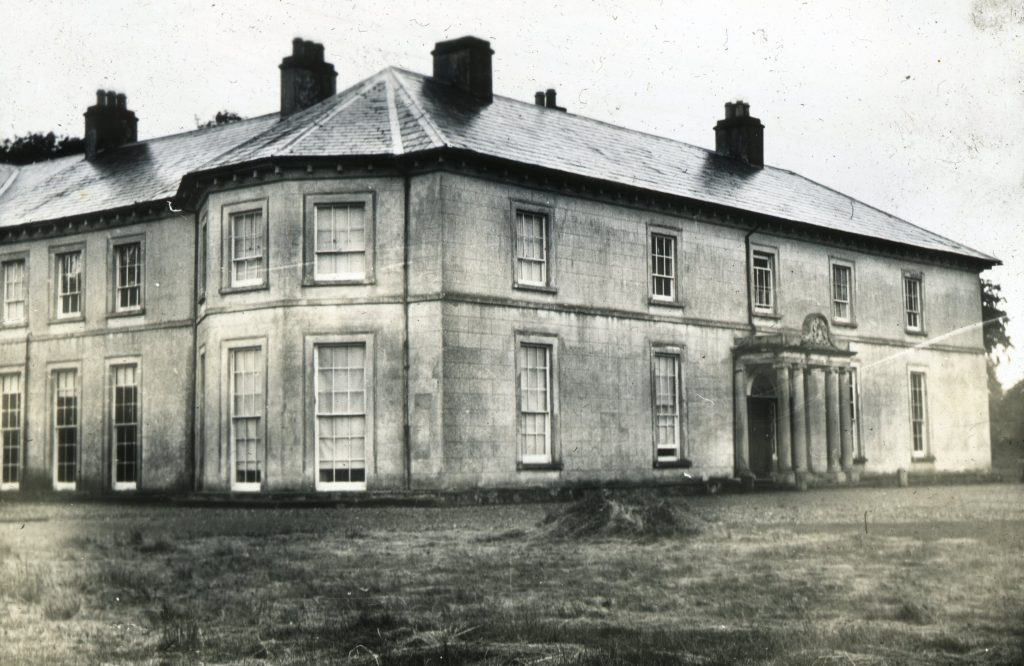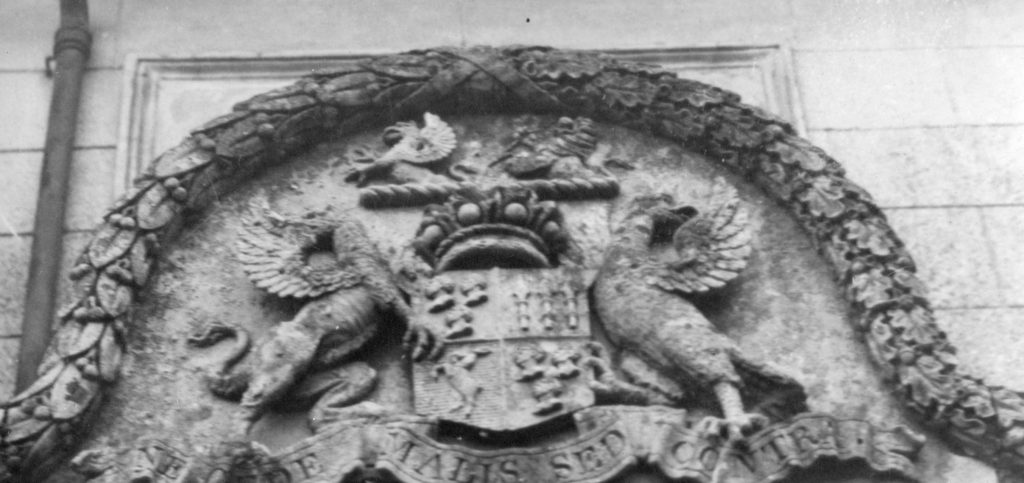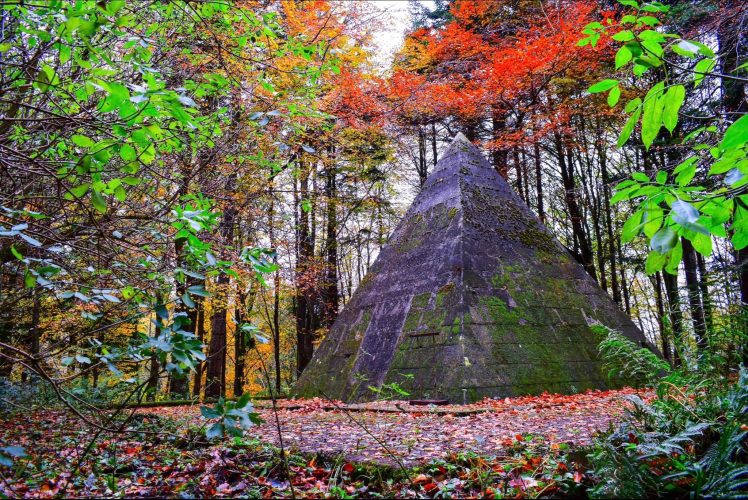9. Garvagh Pyramid

8. Dunseverick
6th March 2023
10. The Giant’s Sconce
6th March 20239. Garvagh Pyramid
Garvagh forest is the location of a structure more commonly associated with Egypt and the pharaohs – Northern Ireland’s only pyramid.
The pyramid was erected by Lord Garvagh in the 19th century, after he had taken the Grand Tour of Egypt. It was intended as his burial vault but was never used as he died in France in 1840; his wife chose not to be buried in the pyramid and it was later sealed shut.
The pyramid, set on a raised platform 21 feet square, stands 21 feet high.
Garvagh Pyramid
by Rosie McFaul
In the town of Garvagh there is a forest and within that forest lies one of the oddest sites that Northern Ireland holds. When you walk up the hill into the forest from the carpark you will be greeted with Northern Ireland’s only pyramid – a sight more commonly associated with sand, desert and sunlight can be found amidst the trees, foliage and shadows of the forest.

The Garvagh Pyramid.
‘The Vault’, as it is known locally, is a hidden treasure of the North Coast that is only really known by local people. The story of how it came to be built is as unique as the site itself.
The Canning family came to Ireland in the early 17th century, during the Plantation of Ulster, as agents of the Ironmongers’ Company. George Canning established Ballinameen in 1620 but the settlement was destroyed during the 1641 rebellion. His son, Paul, acquired ownership of land from the Irish chieftain O’Cahan and established Garvagh on its present site in 1660.

Garvagh House. Courtesy of the Sam Henry collection.
Some say that the family built Garvagh House around this time. The extensive Garvagh demesne included the forest where the Pyramid stands. The house was rebuilt in 1813 and the estate remained in the family until 1921, when the family moved to England. Garvagh House was demolished in the early 1960s when the County Londonderry Education Committee decided to build a new school in the town.

The Coat of Arms above the doorway of Garvagh House. Courtesy of the Sam Henry Collection.
As was common for members of the gentry at the time, the 1st Lord Garvagh, George Canning, undertook a Grand Tour of Egypt, returning home greatly impressed by the pyramids. Desiring such a structure as his own resting place he had the pyramid built, but after he died in France in 1840 he was never buried in the mausoleum. His wife chose not to be buried in the pyramid and the structure was later sealed shut.
Lord Garvagh’s cousin, also called George Canning, served as the British Prime Minister from 12 April 1827 to 8 August 1827, dying in office.

George Canning, British Prime Minister. After Thomas Lawrence, Public domain, via Wikimedia Commons
The sealed vault sits empty in the amongst the trees but is a great place to visit, especially on a spring day when the forest is awash with bluebells, as part of an enjoyable day out in the historic little town of Garvagh.
Directions
New cycling and walking trails, managed by Causeway Coast and Glens Borough Council, have been developed in the forest.
Co-ordinates: 54.9791, -6.6909
This project is receiving financial support via the District Council Good Relations Programme.


